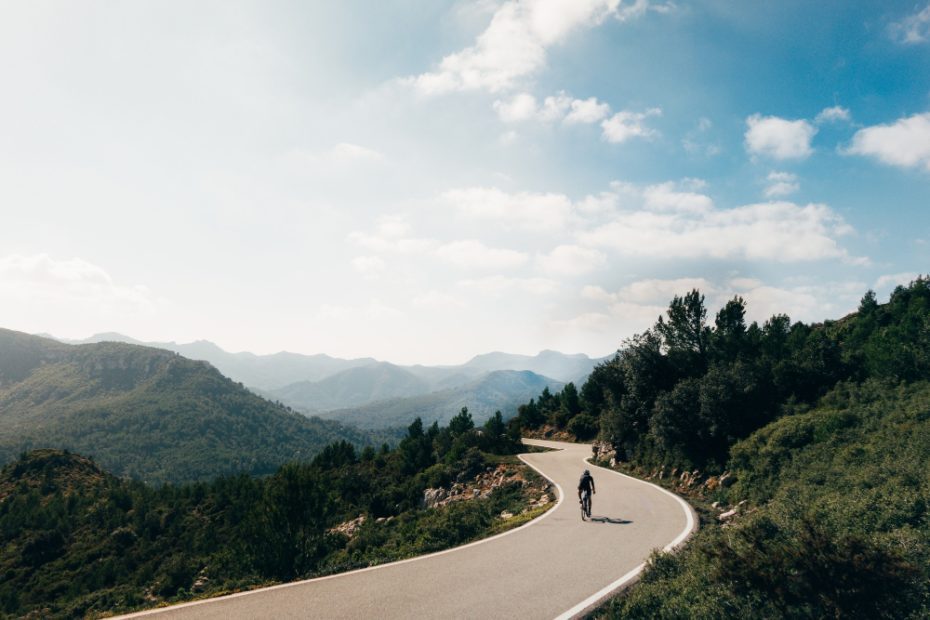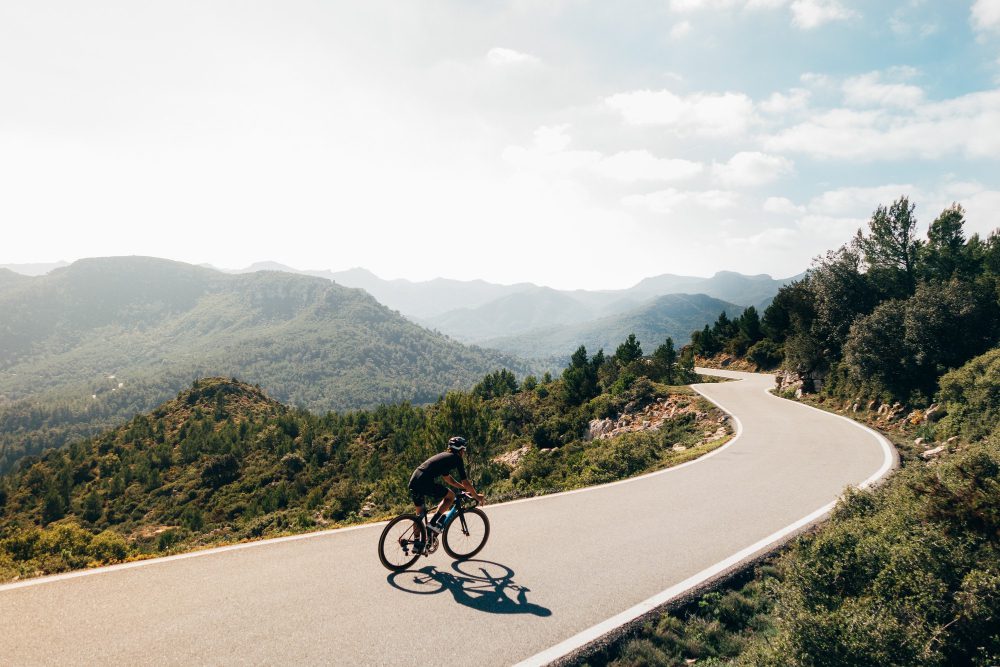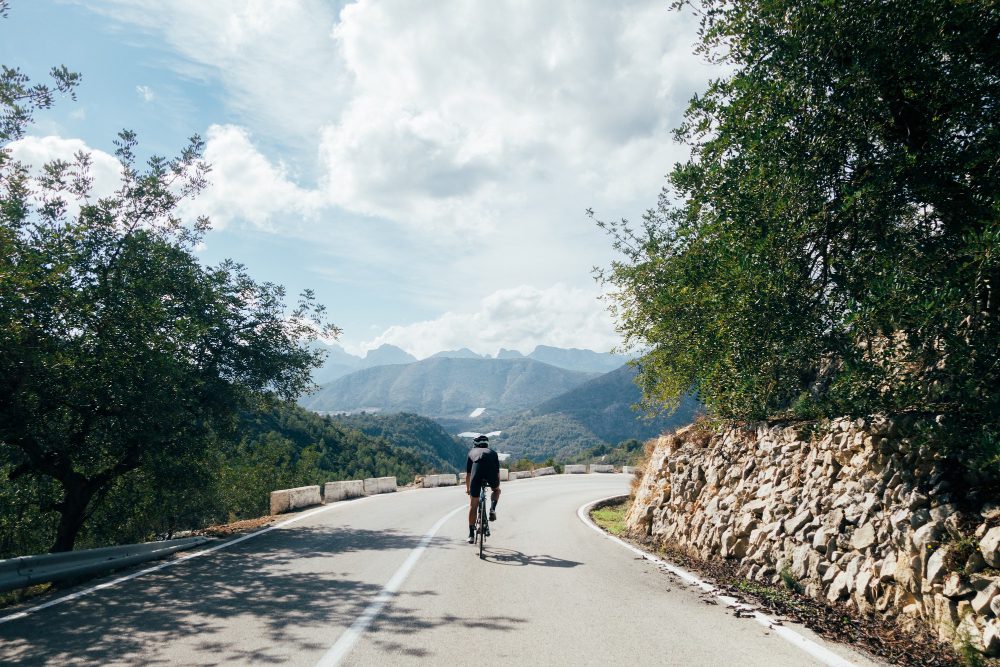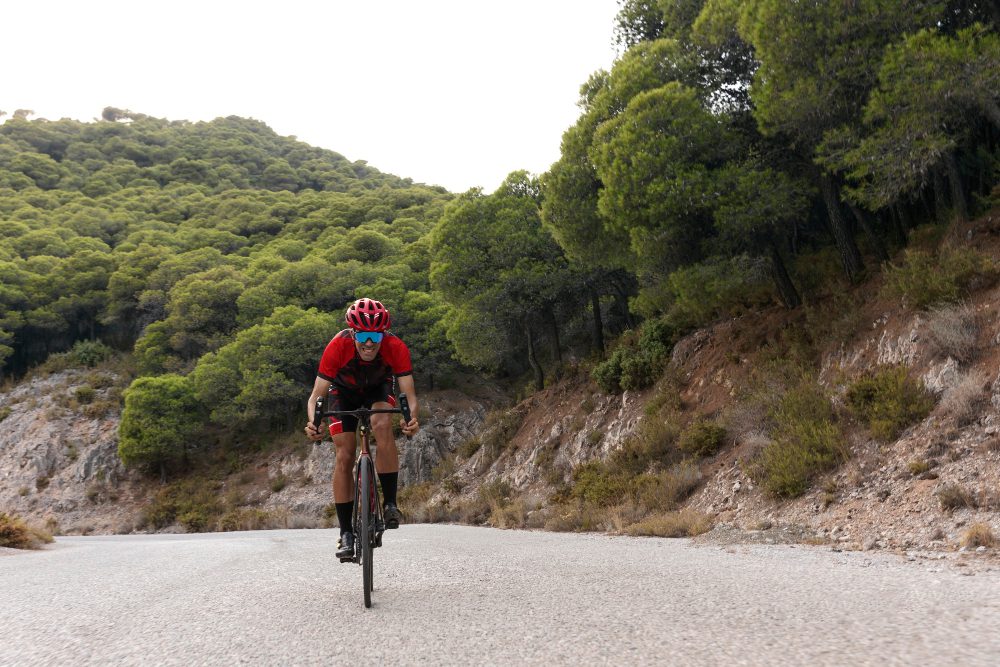What gear is best for going uphill?
Uphill cycling can be a challenging endeavor, requiring both stamina and proper gear selection. Choosing the right gear for going uphill is crucial to maintain efficiency and prevent unnecessary exhaustion. In this article, we will explore the different factors to consider when selecting the optimal gear for uphill cycling.
Factors to Consider
When deciding on the best gear for going uphill, several factors come into play. Understanding these factors will help you make an informed decision and optimize your cycling performance. Here are some key considerations:
Gradient of the Climb
The gradient of the climb plays a significant role in gear selection. A steeper incline requires lower gears to maintain a comfortable cadence and prevent straining your legs. On the other hand, a shallower incline allows for higher gears, enabling you to maintain a consistent speed without overexertion.
Your Fitness Level
Your fitness level also influences the choice of gears. If you are an experienced cyclist with good endurance, you might opt for higher gears to challenge yourself and build strength. However, if you are relatively new to uphill cycling or have limited fitness, it is advisable to start with lower gears to avoid excessive strain on your muscles.
Selecting the Optimal Gear
To select the optimal gear for going uphill, there are a few general guidelines you can follow:
- Find the Right Balance: Aim for a gear that allows you to maintain a cadence of around 70-90 revolutions per minute (RPM) without feeling too strained. This balance ensures efficient pedaling and helps distribute the workload between your cardio system and leg muscles.
- Anticipate the Climb: As you approach a climb, shift to a lower gear before the incline starts. This preemptive action allows you to maintain momentum and avoids sudden strain on your legs.
- Listen to Your Body: Pay attention to how your body feels during the climb. If you find yourself struggling or experiencing excessive fatigue, consider shifting to an easier gear to alleviate the strain.
Choosing the right gear for uphill cycling is like finding the sweet spot between challenging yourself and avoiding burnout.
Gearing Terminology
Understanding common cycling gearing terminology can help you make more informed decisions when choosing gears. Here are a few terms to be familiar with:
- Cassette: The set of individual cogs attached to the rear wheel hub.
- Chainrings: The set of toothed rings attached to the front crankset.
- Cadence: The number of pedal revolutions per minute (RPM).
Tips for Efficient Uphill Cycling
In addition to selecting the right gear, here are a few tips to improve your uphill cycling efficiency:
- Maintain a Steady Pace: Try to maintain a consistent pedaling rhythm and avoid sudden bursts of acceleration, as this can quickly drain your energy.
- Practice Good Posture: Keep your upper body relaxed and maintain a good posture while climbing. This helps with breathing and reduces unnecessary muscle tension.
- Train Regularly: Regular training rides that include uphill segments will help build endurance and improve your overall climbing ability.
By considering these factors and following the guidelines outlined in this article, you can make better gear selections for uphill cycling, leading to a more enjoyable and efficient climb. Remember, finding the right gear is a personalized process that requires experimentation and paying attention to your body’s signals. Happy cycling!
Should you lower gear when going up a hill?
Reasons for Lowering Gear
When driving uphill, it is generally recommended to lower your gear. This allows your engine to work more efficiently and provide the necessary power to climb the hill. By downshifting, you increase the torque or pulling power of your vehicle, making it easier to maintain speed and prevent stalling.
Benefits of Lower Gears
Lower gears allow you to control your speed better and maintain a steady pace while ascending a hill. By using a lower gear, you can prevent your engine from overworking and potentially overheating, especially during long and steep climbs.
Downshifting to a lower gear:
- Increases engine power
- Improves control
- Reduces strain on the engine
- Enhances overall safety
When to Downshift
The appropriate time to downshift depends on various factors such as the gradient and length of the hill, the weight of your vehicle, and the engine power. As a general rule, you should start downshifting when you notice a decrease in momentum or when your vehicle begins to struggle to maintain speed.
Remember:
“It is always better to be in a lower gear going up a hill than in too high a gear.”
Considerations
While lowering gear is advisable for most situations, it is important to exercise caution and use good judgment. Downshifting to too low a gear can lead to higher engine RPMs, increased fuel consumption, and unnecessary strain on the engine.
Here are some things to keep in mind:
- Choose an appropriate gear that provides enough power without causing excessive strain.
- Always maintain a constant speed and avoid sudden acceleration or deceleration.
- Monitor your engine temperature gauge and avoid overheating.
In Summary
Lowering gear when going up a hill can greatly improve your vehicle’s performance and make the ascent smoother. It allows for better control, increased power, and reduced strain on your engine. However, it is essential to choose the right gear and be mindful of your vehicle’s capabilities to ensure a safe and efficient climb.
Should you stand uphill cycling?
Cycling uphill can be a challenging task, and many riders wonder whether they should stand or sit while tackling those steep inclines. Standing while cycling uphill can provide several advantages, but it may not always be the most effective strategy.
The advantages of standing uphill
When you stand while cycling uphill, you engage different muscle groups, utilizing your upper body more effectively. This can help distribute the effort and alleviate fatigue in your legs. Standing also allows you to exert more power with each pedal stroke, giving you an extra boost when climbing those demanding gradients.
Additionally, standing while cycling uphill can help you maintain better balance and control of your bike, especially on rough terrain or if you encounter sudden obstacles.
When sitting is better
While standing can offer advantages, it might not always be the best approach. Sitting while cycling uphill can help you conserve energy, as standing requires more effort. In certain situations, such as long, sustained climbs, sitting and maintaining a steady cadence can be more efficient.
It’s important to consider your own fitness level, riding style, and the specific conditions of the hill you are climbing. Experimenting with both standing and sitting techniques during uphill cycling will help you determine which one works best for you.
Tips for uphill cycling
- Keep a steady pace and maintain a consistent pedaling cadence.
- Shift to an appropriate gear that allows you to maintain a comfortable rhythm.
- Focus on your breathing to regulate your effort and maintain aerobic endurance.
- Stay relaxed and avoid tension in your upper body, especially your shoulders.
- Monitor your heart rate and listen to your body to prevent overexertion.
Remember, the key to uphill cycling is finding a technique that works best for you and adapting it to different riding scenarios.
In conclusion, standing uphill while cycling can provide advantages such as engaging different muscle groups and offering better balance and control. However, sitting and maintaining a steady cadence may be more efficient in certain situations. Experimentation and finding what works best for your individual circumstances is key. So, the next time you face an uphill climb, consider your options and choose the technique that will get you to the top with the least amount of energy expenditure.



